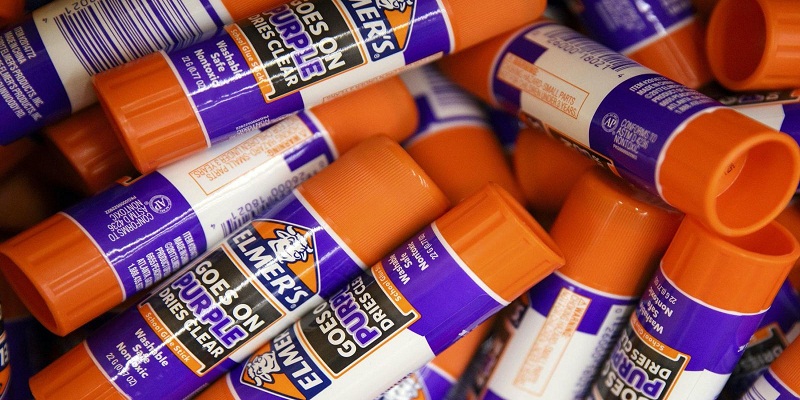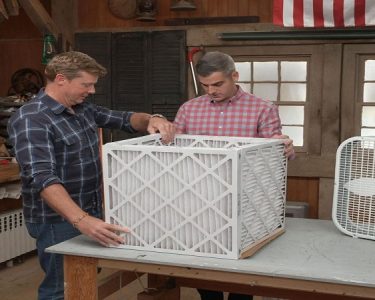Whether at work, at home or in schools, the glue stick works as a useful tool when making repairs of stationery and crafts. One of the qualities of this type of glue is that it is non-toxic, thanks to which children can use it in their daily activities.
In the market, there is a great variety of glues available according to the use that you want to give, however, the presentation of this material usually comes in a bar approximately 20 centimeters long, a safe design, so that the kids in the houses do not have inconveniences, because we know that they have the habit of taking everything to the mouth.
The glue stick can be easily applied to glue paper, cardboard and photos, as well as other porous materials such as wood, glass and ceramics. It does not require much practice to use the glue stick, as you simply rub it on the surface to be glued, and in a few seconds it will be adhered perfectly.
When using a glue stick, you should you follow some particular steps. These are not simple tips for children, on the contrary, the idea is to follow the instructions to take advantage of any tool of work, so pay attention and get better results;
- Carefully read the instructions for use on the glue label.
- Before applying the paste on a certain surface, it is recommended to clean it, as the dust or water will decrease the adhesive effect.
- In order to keep the surfaces to be bonded until the glue stick is completely dry, it is a good idea to place two books to apply pressure.
- Prevent your hands from touching the glue stick.
- Keep in mind that a greater amount of glue does not mean that it will glue faster, do use the required amount.
- While you are not using the glue stick, cover it to prevent from drying.
- When finishing your task, clean the edges of stick and the lid, so that there is no residue.
If you intend to join a plastic object, it is advised that you do not opt for glue stick. In fact, there are particular plastic glues to work. Some of the notable brands in for plastic glues are as follows;
- Model Mast Liquid Cement for Plastics
- J-B Weld MinuteWeld Instant-Setting Epoxy Syringe
- Loctite Super Glue Plastics Bonding System with Activator
There are almost as many glues as there are types of materials that can break. Here I will tell you what are the strengths of each of them and offer some practical advice of use.
Variety of Glues
Thanks to the glue, it is possible, for little money and with little effort, to give a new life to many objects. On the market, there are many types of glues, which are indicated for different materials. And it is that to glue well does not simply mean that the glued object recovers its previous aspect, but also it allows to continue fulfilling its function.
Glues for General Use
- The universal tail, which is usually made from synthetic polymers, is suitable for many uses and is cheap and easy to use. On the other hand, it provides poor adhesion and does not withstand heat.
- Cyanoacrylate is the super glue, in which a chemical reaction takes place when humidity intervenes and manages to unite the pieces. Its advantages are speed, which allows solid, precise and invisible joints. In contrast, the conditions of application greatly influence the strength of the joint. In addition, its use requires a lot of precautions.
- Two-component glue are the products that combine a resin (epoxy type) and a hardener. After mixing, the reaction that occurs between the elements gives its cohesion and adhesion properties. The strong and solid joints are achieved. They are slow sticking, which, on the one hand, is an inconvenience and, on the other hand, has the advantage of allowing corrections. They are not easy to use. It is also good for joining plastic materials. You can find the best product at the Review Gurus.
- Multipurpose glues are new glues of simple use and without risks, although they do not give good results.
- Contact glue is the type of adhesive which is in fact very suitable for applications on large surfaces and that is not subject to strong tensions, for example, sheets on board and floor coverings. It is also a type of adhesive which is very suitable for flexible joints such as the sole of some shoes. It has the advantage that it is easy to use, but it also has drawbacks as the parts have to match from the beginning, because then it is not possible to make adjustments, they do not provide very strong joints and they are not the best option when the joint is very visible.





